Podcast: Play in new window | Download | Embed
Browsing the photo gallery on Jeff Bogard’s R.E.A Homes website, ‘sustainability’ is not likely the first word that comes to mind. Can large, luxury houses actually be sustainable? This is one of the topics I discussed with Jeff, who’s been providing high performance homes for discerning clients in Saint Louis for over fourteen years.
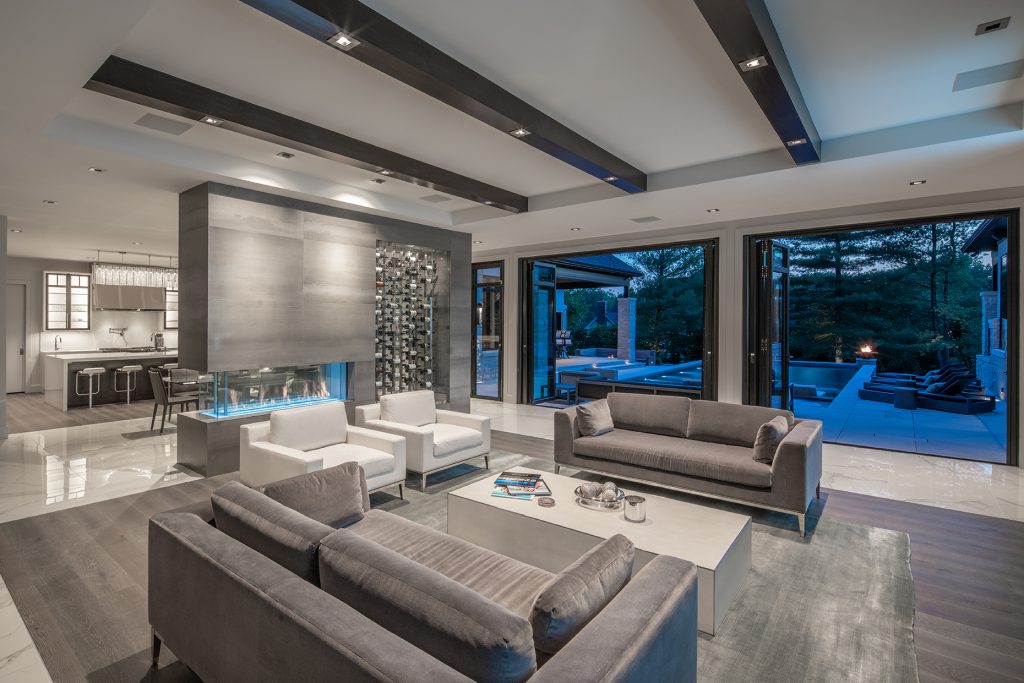
True Luxury
Luxury, as Jeff describes it, is more than just what the eye can see. R.E.A Homes puts as much emphasis into what’s hidden behind the wall lining, as they do on the final aesthetic of their impressive creations.
Discussing with his clients what makes a home actually perform leads to a conversation about insulation and comfort, explains Jeff. Most of his clients definitely want a home that looks great, but they also want something that’s going to be comfortable.
He’s also noticed an increase in the demand for healthy homes. This was happening before the global Covid-19 pandemic but has escalated further as people are reminded daily of the value of their own health while spending much more time in their homes.
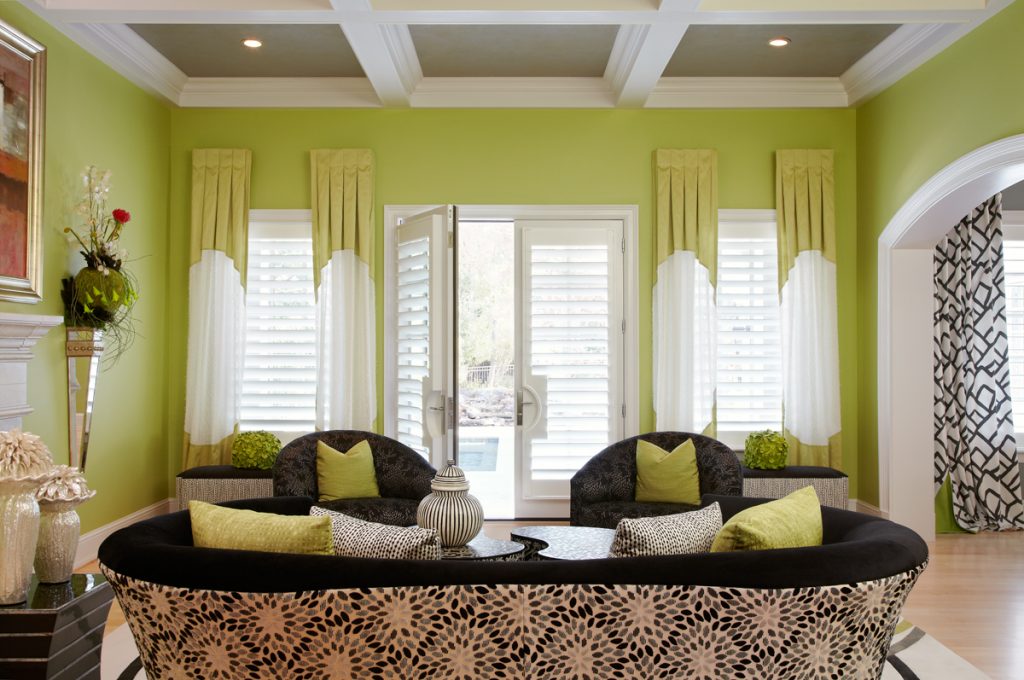
Assumed Performance
Apparently a lot of clients assume a certain level of performance is going to be pretty much guaranteed when they invest in a new home. This assumption is as reasonable as it is global. Yet sadly, it’s not a safe assumption.
As Jeff explains, you can build a home that looks luxurious but doesn’t necessarily have the substance. The same discrepancy between expectations and actual performance can happen at any level of the market, and it’s all to do with a failure of standards.
Code and Compliance
In Saint Louis, Jeff explains, there are close to ninety municipalities each with their own variation on the building code. While the various building codes are generally moving towards encouraging better energy efficiency, structure and safety are the top priority. Most building codes are not concerned with comfort or the long term health of building occupants. This is a surprise to most clients, particularly those building for the first time.
When we purchase things these days, we pretty safely assume a certain level of performance. Why would houses be any different? Most building codes around the world achieve this as far as making sure the building is not going to collapse straight away, but often fail to ensure the long term comfort and health of the occupants.
Building Beyond the Code
Jeff puts a lot of emphasis on building beyond the code. When he explains this to his clients, they get it (otherwise they tend not to be his clients). R.E.A. Home have even written a free guide about why this is important and how it’s achieved.
Comfort Throughout
Heating, ventilation and air conditioning performance is one example of where going above the building code can significantly improve the performance of a building and like a lot of aspects that really matter, it’s invisible once the house is complete. Photos of ventilation ducts don’t tend to sell houses!
As Jeff explained, the building code only requires certain standard sizes of ducts for ventilation. It doesn’t necessarily take into account the distance from the plant or the variation in loads for different rooms in different parts of the house. An optimised HVAC system, on the other hand, requires appropriately designed and specified ducts for the right airflow throughout the whole building. This takes extra thought in both design and construction. And verification that it works properly after installation requires skilled testing and commissioning. None of this detailed work is necessarily required in the building code but will have a dramatic impact on the end result.
For more on this specific issue, I recommend the Energy Vanguard.
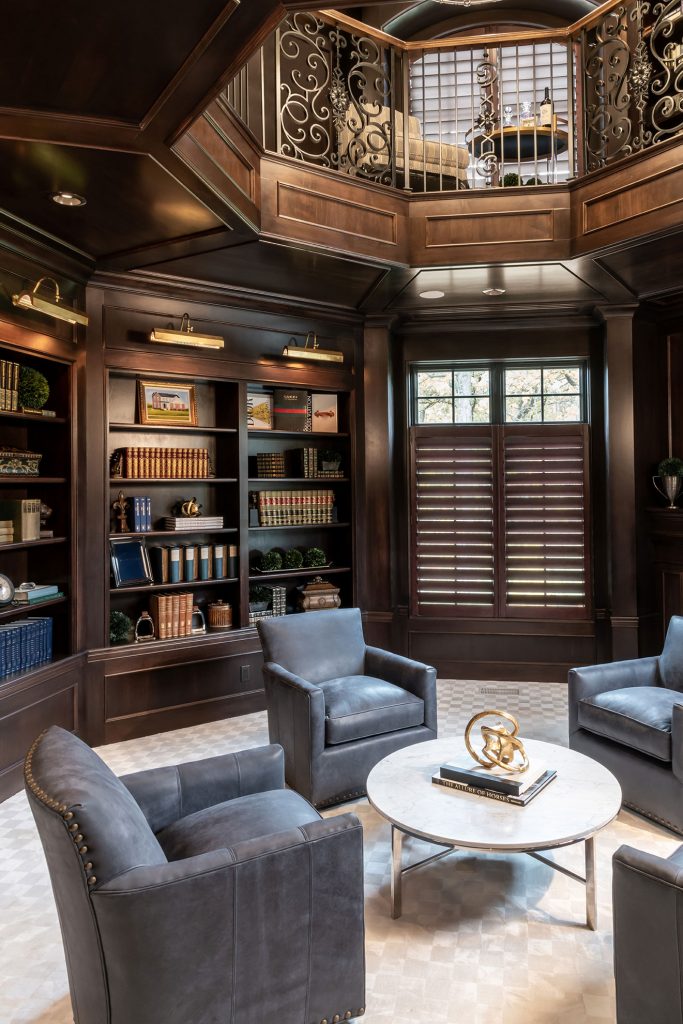
Cost of Operation
Luxury homes are high end. They’re impressive and no doubt some of them come with impressive budgets (we didn’t get into that). But a high build cost and even a large footprint, doesn’t have to mean a high running cost.
In a previous interview, Jeff gave an example of a client moving from modest ranch home to 9,000 square foot (836 square metre) luxury home, with higher levels of insulation, efficient heating, and solar panels. The utility bills in the new, luxury home were lower than the previous, much more modest house.
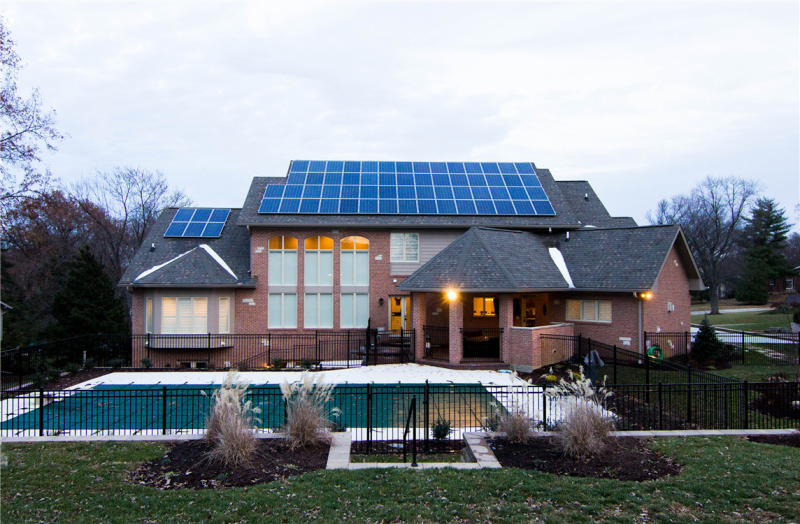
Energy Star for Homes
Jeff is also a proponent of certification. He uses Energy Star for Homes and Indoor airPLUS for third party verification. Saying you’re going to do something is one thing. Getting it tested and certified is something else. Plus, these energy efficiency certifications are also a good measure of quality.
Building the Right Team
Jeff attributes a good part of the success of R.E.A Homes to building the right team of builders and contractors. He says this is just as important a the quality products and materials that go into each home.
The Priorities of Performance
Performance starts with the shell of the building. Jeff describes a set of building envelope barriers that will be familiar to a student of building science. These include:
- Protection from the weather – with the assumption that all cladding will eventually leak, somewhere.
- Protection from heat loss (and gain) – with adequate thermal insulation.
- Protection for moisture – with good vapour control.
- Protection from air infiltration – with airtightnes.
“I don’t even use the term green building anymore.” explains Jeff, “What we’re doing is nationally recognised best building practices that minimise the chances for problems associated with comfort… energy efficiency, keeping the weather out and focussing on the quality of life inside the building.”
Can Big and Luxury be Sustainable?
Jeff stresses that R.E.A. Homes don’t exclusively build super large houses. They’re there to serve the needs and wants of clients. Sometimes this might mean a 30,000 square foot home. Other times it might be much more modest. But if a big, luxury home is going to be built anyway, it may as well be done as energy efficiently at possible.
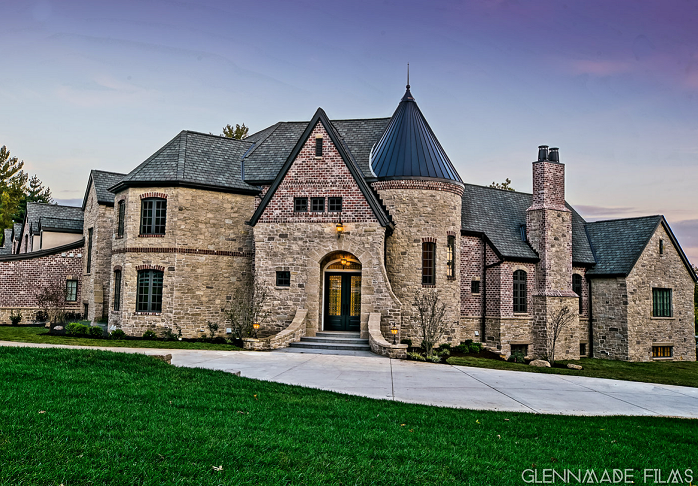
Leave a Reply